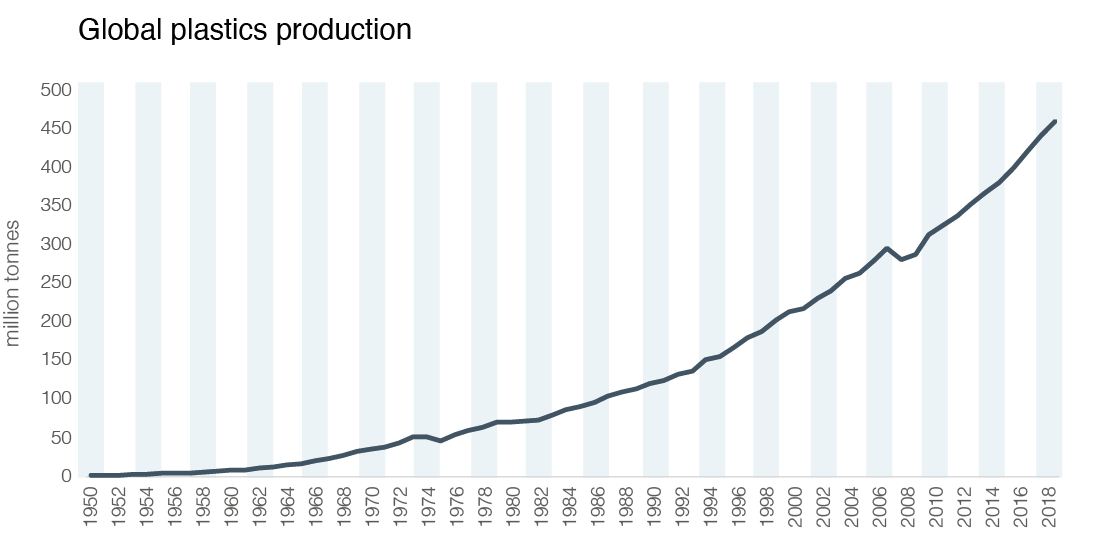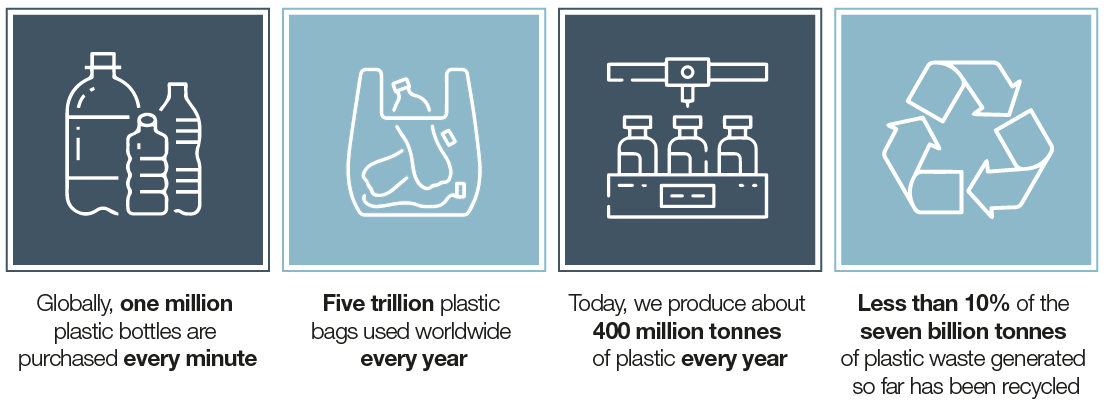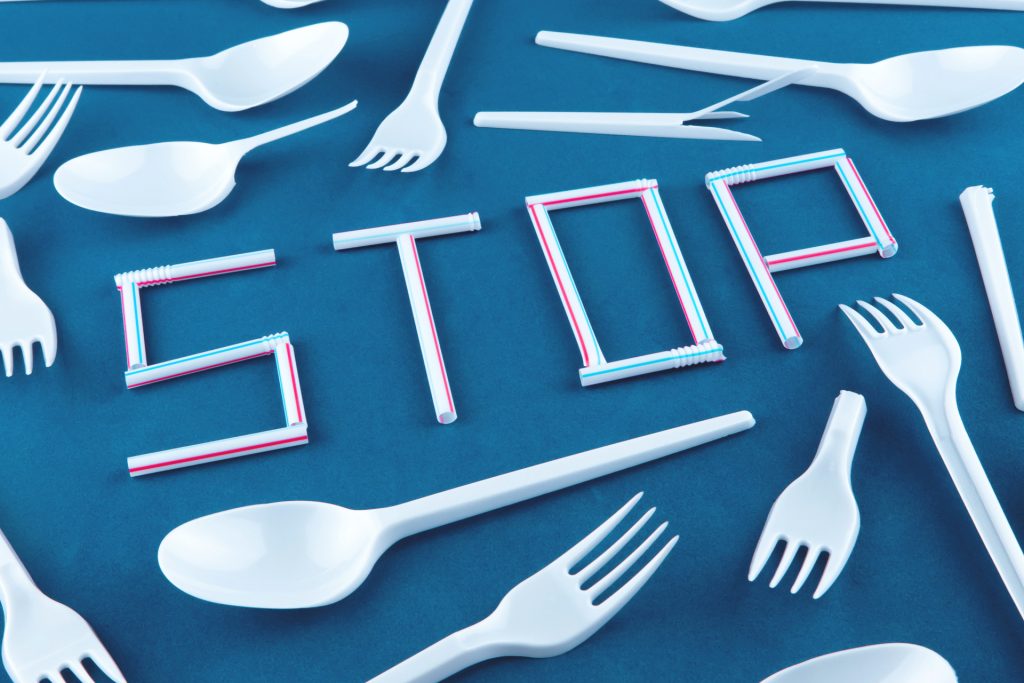On the 13th of July 1907, Leo Baekeland filed a patent application for Bakelite, the first wholly synthetic plastic. The invention of Bakelite is widely considered the birth of modern-day plastic. Baekland’s success enabled the age of plastic to truly begin.
Not all plastics are synthetic; humans have been using plastic materials for thousands of years. For example, according to a BBC News article, “medieval craftsmen made lantern windows out of translucent slices of animal horn. Horn is made of keratin – a [naturally occurring] mixed carbon-nitrogen polymer”.
However, the rise of synthetic plastics allowed for a democratisation of design. Bakelite was affordable, giving more people better access to fashionable objects. From radios and costume jewellery to telephones and poker chips – the use of Bakelite exploded during the early 20th century. It is actually a fairly brittle material and easily scratched so its popularity was eventually superseded by newer materials. Despite this, Bakelite items are still collectible today.
Baekland’s work paved the way for “a torrent of now-familiar synthetic plastics – polystyrene in 1929, polyester in 1930, polyvinylchloride (PVC) and polythene in 1933, and nylon in 1935″. The second world war resulted in a huge increase in plastic production, which nearly quadrupled from 213 million pounds in 1939 to 818 million pounds in 1945. By the end of the war, the use of plastic was widespread and came to replace reusable materials such as paper, glass, wood, and metal. The material offered a hygienic, lightweight, and inexpensive solution to the mass production and shipping of consumer goods.

*Source: Our World in Data based on Geyer et al. (2017) and OECD
Reshaping our world
Synthetic plastics’ popularity and ubiquity has quite literally changed the world. They are everywhere. In our oceans, our rivers, our soil, our food, our air, and our bodies. They have become so embedded that according to the United Nations’ Environment Programme (UNEP), they “are becoming part of the Earth’s fossil record and a marker of the Anthropocene, our current geological era”.
Today (5th of June) is the United Nations’ World Environment Day and this year the international body is calling for us to help #BeatPlasticPollution.

*Source: United Nations Environment Programme: Our planet is choking on plastic
While technically many plastics can be recycled, the truth is far more complicated. Tackling plastic waste must start with reducing the production and consumption of products – not just single use items, but all plastic. Despite all the warnings, plastic usage is predicted to grow, with related waste set to almost triple by 2060 according to the OECD’s Global Plastic Outlook.
The problem is much bigger than you or me, but individual actions and decisions can and do make a difference. We can help by scrutinising our purchases, spreading awareness, recycling where possible, and encouraging policy- and decision-makers to take this seriously. A concerted, global effort is required to combat the plastic crisis and more action must be taken.
For more information on what you can do to help #BeatPlasticPollution, take a look at the World Environment Day’s website: https://www.worldenvironmentday.global/
Further reading:
- Science Museum: The Age of Plastic: From Parkesine to Pollution
- United Nations Environment Programme: Our planet is choking on plastic
- OECD: Global Plastics Outlook
- BBC: A brief history of plastics, natural and synthetic
- Scientific American: A Brief History of Plastic’s Conquest of the World
- National Geographic: 7 Things You Didn’t Know About Plastic (and Recyling)


